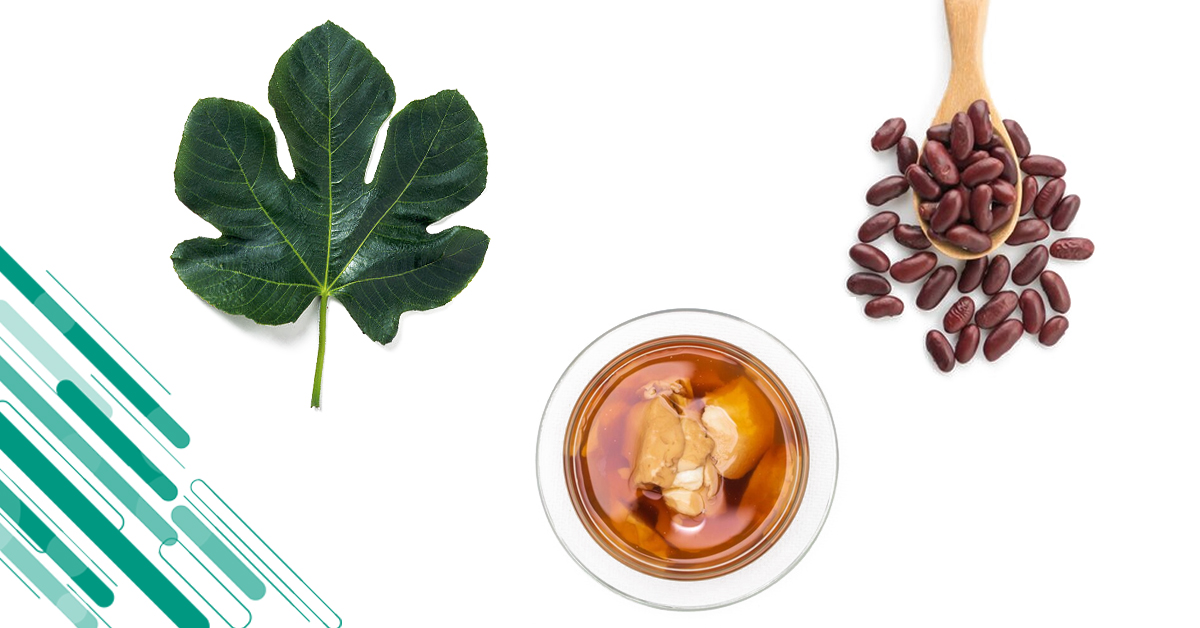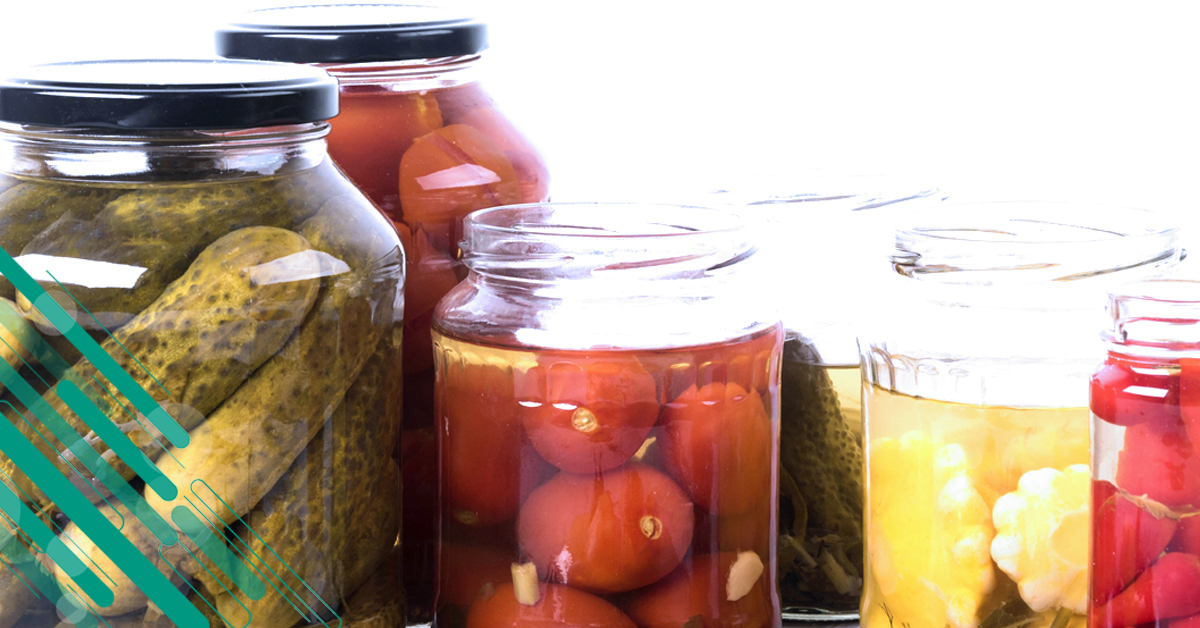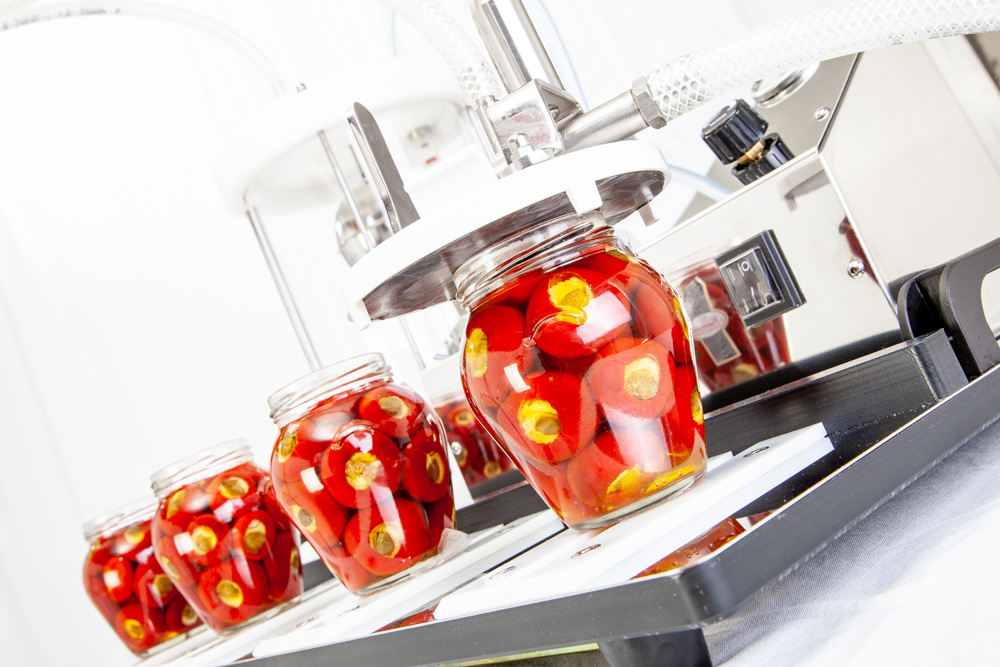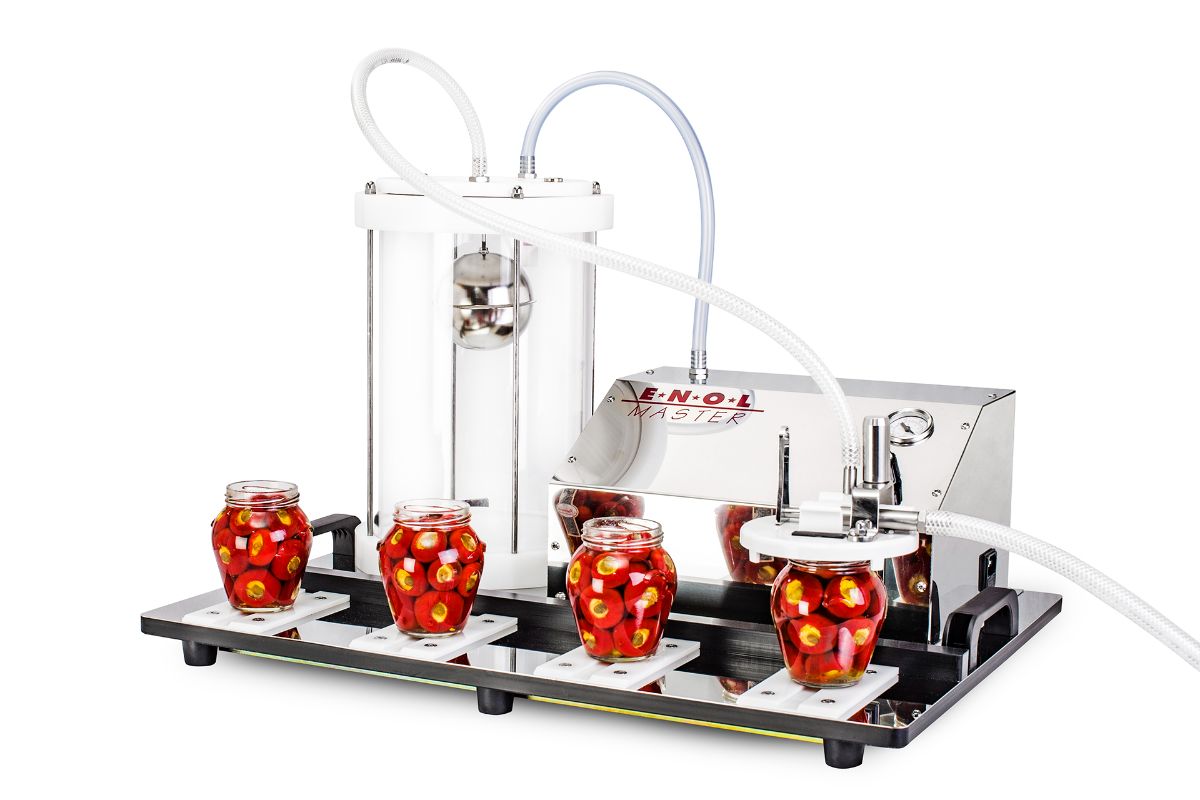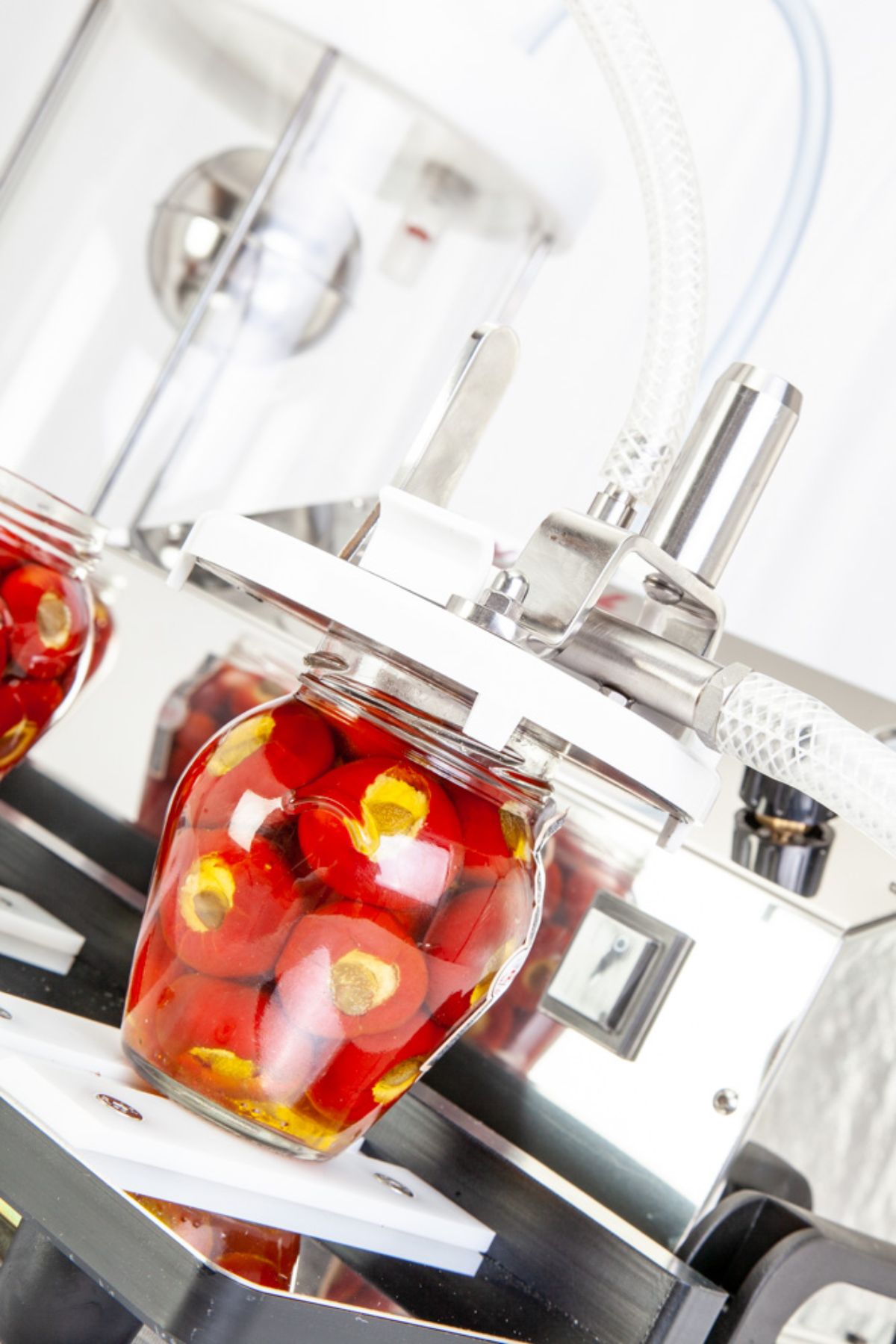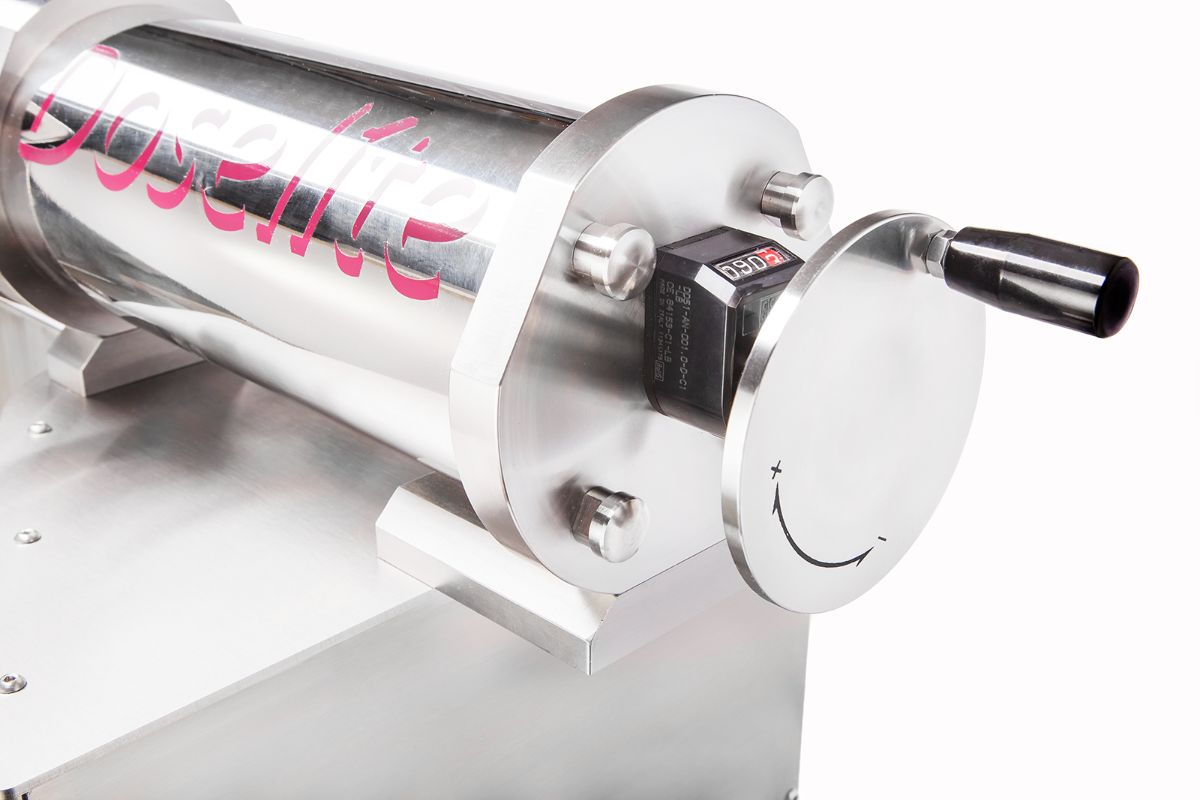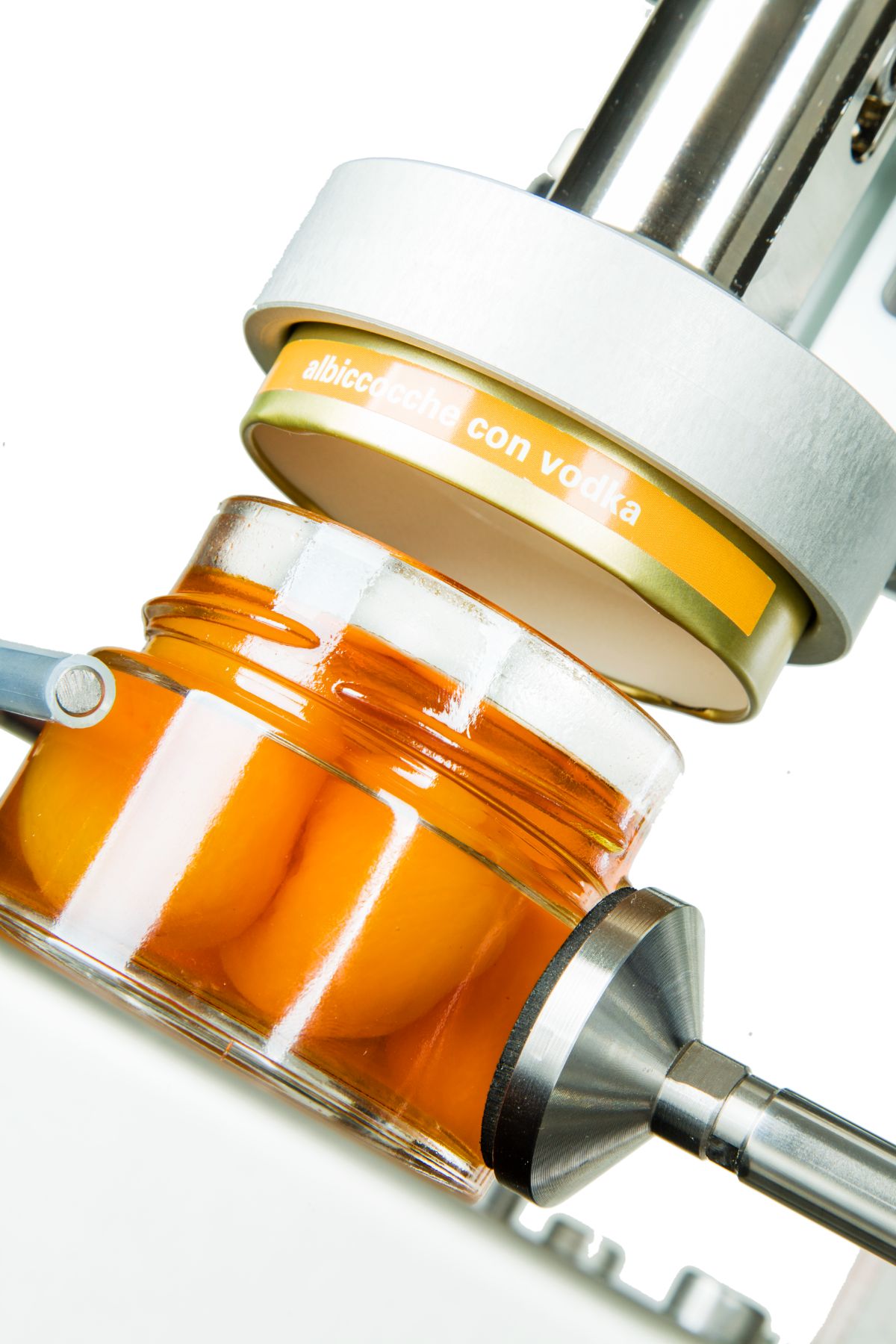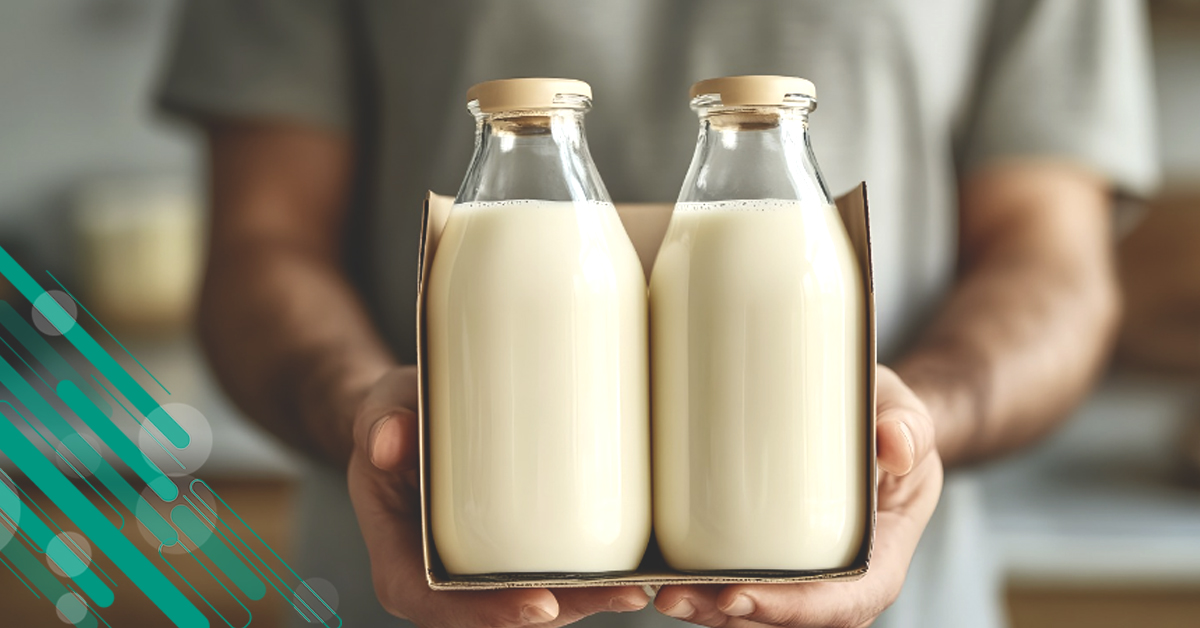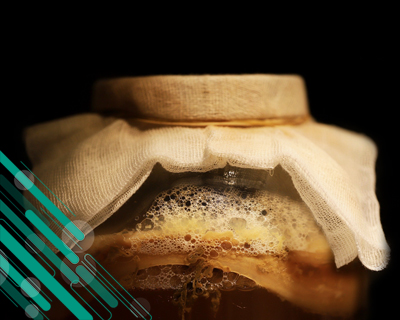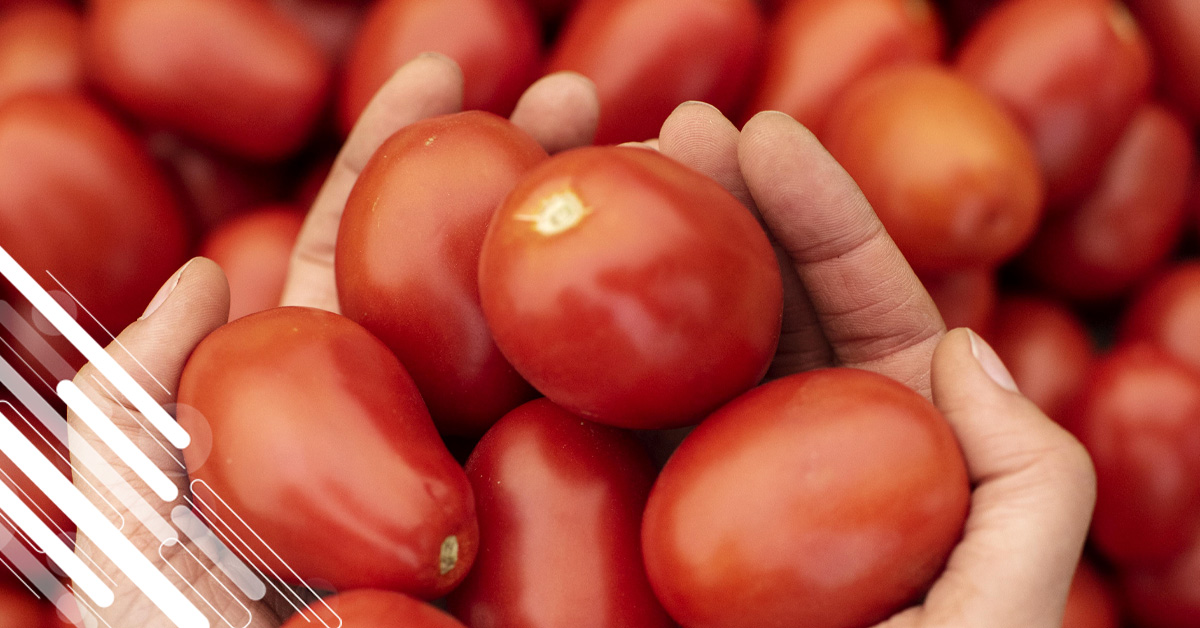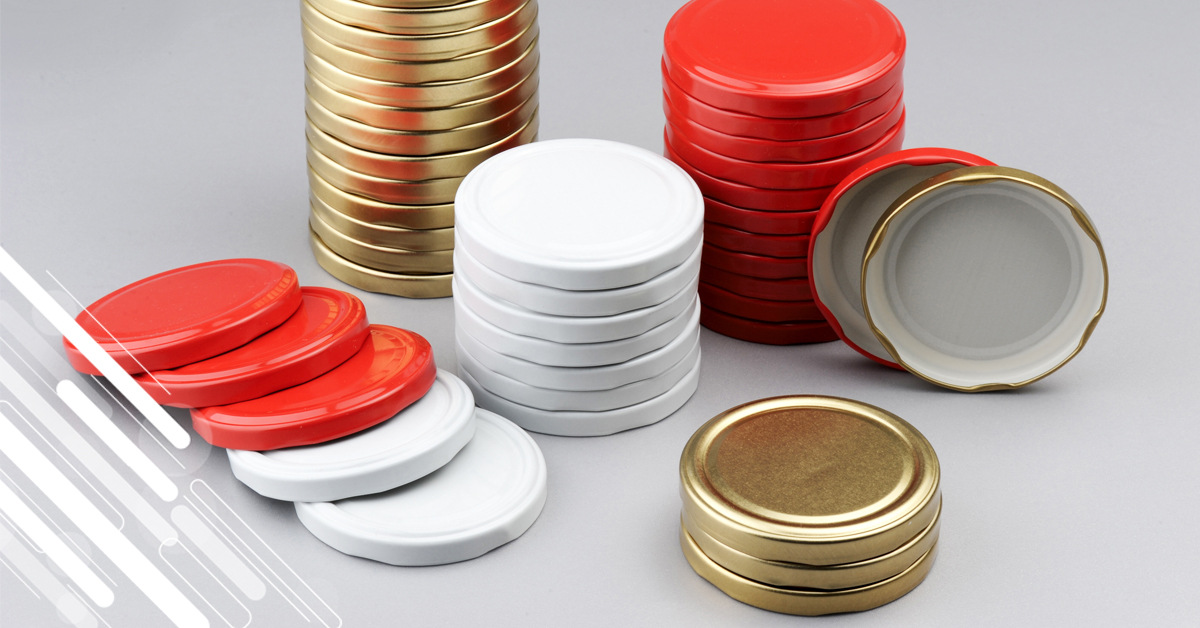Personal and kitchen hygiene is the first crucial step in preparing preserves. Washing hands with soap and rubbing mechanically is essential to remove microorganisms from the skin. Hands should be washed before starting to handle food and each time you change the type of preparation. Always wash your hands when they appear visibly dirty, after using the bathroom, eating, smoking, coughing, or sneezing, and after touching potential sources of contamination such as raw food, pets, or waste. Dishes should be washed with appropriate detergents and rinsed thoroughly to remove residues. The use of disinfectants like sodium hypochlorite, diluted to 5-7%, is recommended for effective disinfection.
